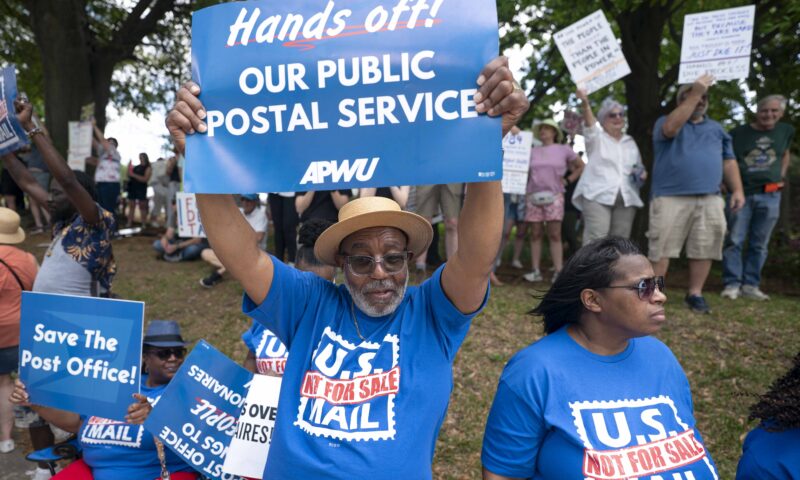

The president has gone nuclear against federal union jobs — historically African Americans’ ladder to economic equality.


Pennsylvania, Wisconsin and Iowa are among the battleground states where incomes rose faster under Obama.
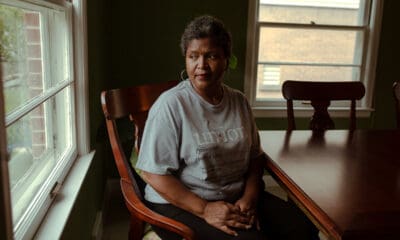

A key voting bloc in swing state Wisconsin has ample reason to feel disenchanted with the political process.


48 states saw real median household income growth decline in Trump’s first two years, some dramatically.
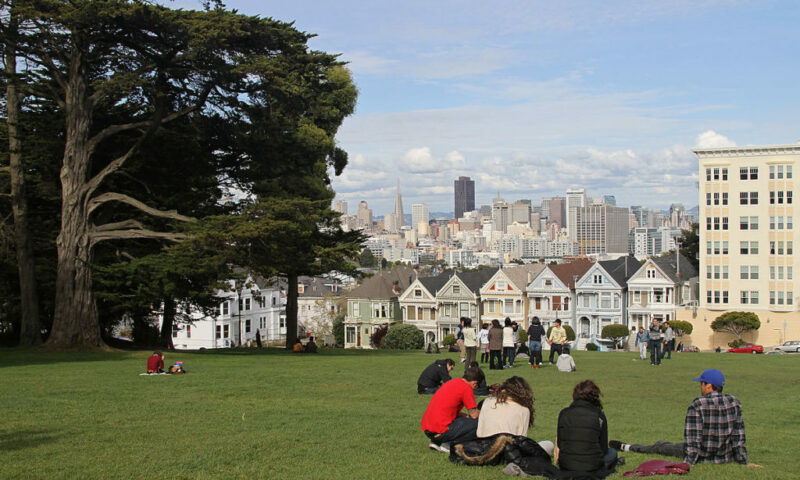

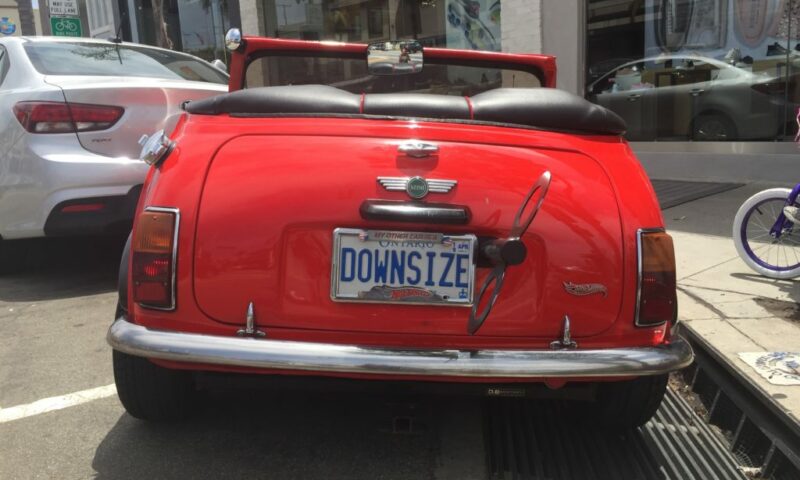

Alissa Quart’s new book examines the plights of women and men whose jobs have been devalued by the evolving American economy.


Sunday’s Los Angeles Times carried one of those state-of-the-economy articles indicating that Americans are becoming more realistic in their estimates of their place on the country’s social ladder. Headlined, “Amid slow economic recovery, more Americans identify as ‘lower class,’” Emily Alpert’s feature focused on the latest General Social Survey, a 40-year research project conducted biannually by the National Opinion Research Center (NORC) at the University of Chicago.
The upshot is that fewer low-income people are clinging to the fantasy that they form part of the “middle class” – or even the “working class.” Instead, they are coming to realize that they help comprise the “lower class,” a destination once regarded as an economic leper colony but now accepted as just another fact of life.
As Alpert reports, the GSS revealed that “a record 8.4 percent of Americans put themselves in that category — more than at any other time in the four decades that the question has been asked on the General Social Survey.”
Since the start of the 2009 recession we’ve become acquainted with – almost inured by – metrics showing how high up on the economic pyramid people unreasonably see themselves.
» Read more about: A Touch of Class: Knowing Our Place on the Social Ladder »
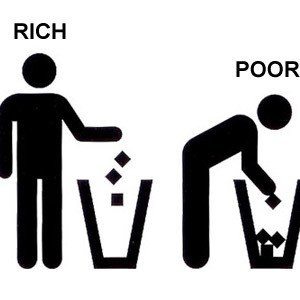
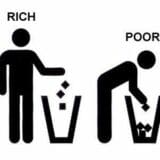
Congress will reconvene shortly. That means more battles over taxes and spending, regulations and safety nets, and how to get the economy out of first gear. Which means more gridlock and continual showdowns over budget resolutions and the debt ceiling.
But before the hostilities start again and we all get lost in puerile politics and petty tactics, it’s useful to consider what’s really at stake for our economy and democracy.
For much of the past century, the basic bargain at the heart of America was that employers paid their workers enough to buy what American employers were selling. Government’s role was to encourage and enforce this bargain. We thereby created a virtuous cycle of higher living standards, more jobs, and better wages. And a democracy that worked reasonably well.
But the bargain has been broken. And until it’s remade, the economy can’t mend and our democracy won’t be responsive to the majority.
» Read more about: Why We Fight: Restoring the American Dream »
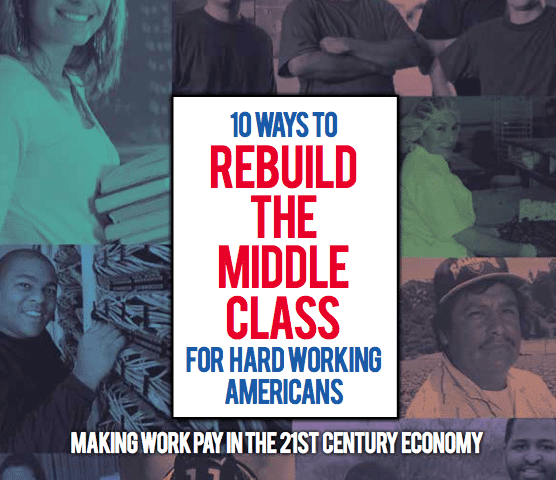
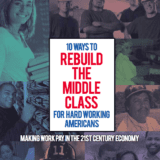
As pundits constantly remind us, when it comes to the national elections, it’s the economy, stupid.
But the parameters of the debate about our dire economic straits has been disappointingly narrow, leaving out some of the most pressing issues facing tens of millions of Americans.
If national leaders are serious about reviving the economic fortunes of our struggling middle class, the unemployed and the growing ranks of the working poor, they would do well to take a long, hard look at the new report, “10 Ways to Rebuild the Middle Class for Hard-Working Americans: Making Work Pay in the 21st Century.” Released today by a consortium of two dozen organizations across the country, the report is a clarion call for a set of policies that are largely off the radar screen of both major parties. This deafening silence notwithstanding, the prospect of a true economic recovery that restores the promise of broadly shared prosperity is nearly inconceivable without the adoption of most of these proposals.
» Read more about: A Prescription for Middle Class Recovery »
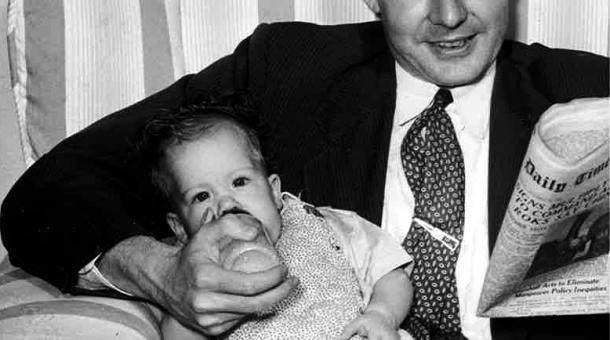

On a day when the number of unemployed Americans ticked up to 8.3 percent, it’s worth checking out an ongoing project of Marketplace. The American Public Radio program has been inviting readers to contribute images and comments they believe capture the essence of what it means to be middle class.
“We spend a lot of time talking about the middle class,” says Marketplace. “What it is, who’s part of it, why it matters. Now it’s time for you to tell us.”
The photos range from retro black-and-whites to current digital snaps, and the contributors run the gamut from retirees to students, from the complacent to Occupiers. The contributors’ comments are often more poignant than the images. One young Virginian submitted a grim watercolor of a man carrying a sign reading, “Out of Confidence.” As the contributor explained:
“I do not consider myself middle class at the moment.
» Read more about: WebHot: Marketplace’s Middle Class Photo Project »